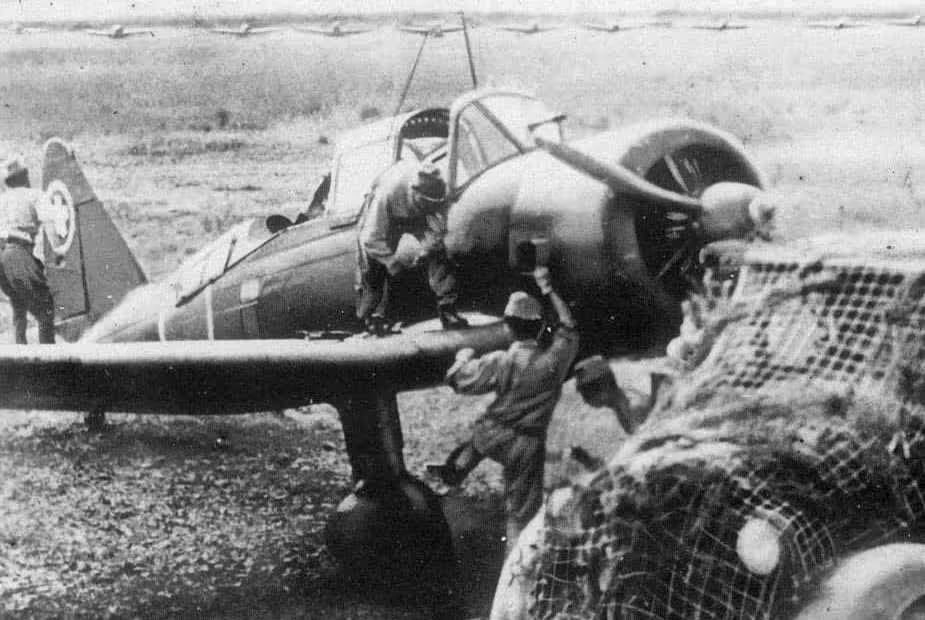Warplanes of Japan: Tachikawa Ki-36
Tachikawa Ki-36

(IJAAF Photo)
Tachikawa Ki-36, Japanese Army cooperation aircraft.
The Tachikawa Ki-36 (named Ida in Allied reporting code) was a Japanese army co-operation aircraft of the Second World War. It was a two-seat, low-wing monoplane with a single piston engine and fixed, tailwheel-type undercarriage. The prototype, fitted with a 450 hp (336 kW) Hitachi Army Type 98 Ha-13 engine, first flew on 20 April 1938. Having outperformed the Mitsubishi Ki-35 in comparative trials, the Ki-36 was designated the Army Type 98 Direct Co-operation Aircraft and ordered into production in November 1938. Production ended in January 1944 after a total of 1,334 Ki-36 had been built (Tachikawa 862 and Kawasaki 472).
The Ki-36 first saw action in China where it saw success. Later, in the Pacific, it proved excessively vulnerable to opposing fighters. It was thereafter redeployed to the safer theater of China. Towards the end of the war, the Ki-36 was employed as a kamikaze aircraft with a bomb of 500-kg (1,102-lb) fitted externally. (Wikipedia)

(IJAAF Photos)
Tachikawa Ki-36, Japanese Army cooperation aircraft.

(SDASM Photo)






(IJAAF Photos)
Tachikawa Ki-36, Japanese Army cooperation aircraft.

(Mztourist Photo)
Tachikawa Ki-36, Japanese Army cooperation aircraft, Royal Thai Air Force Museum.





